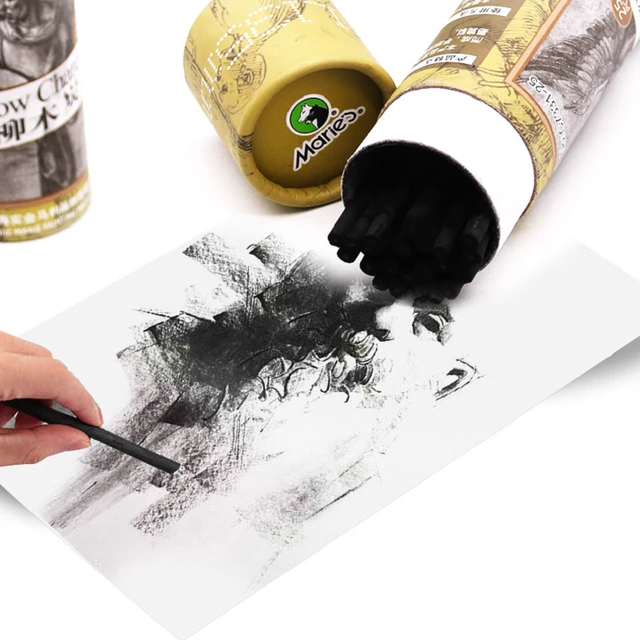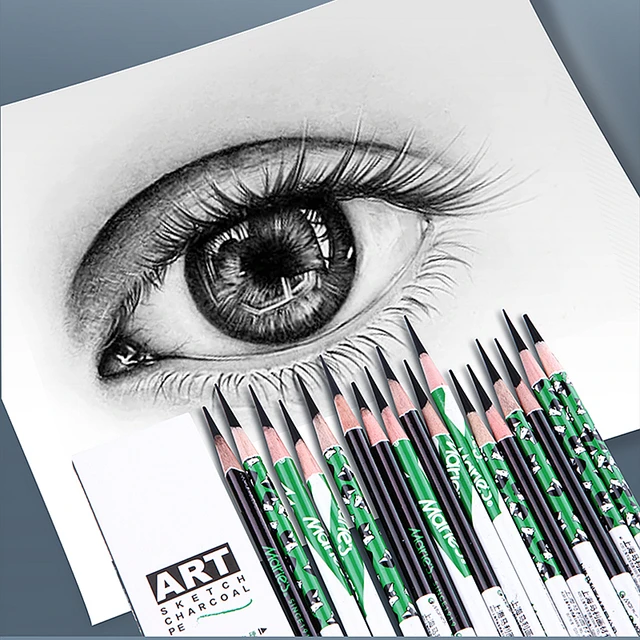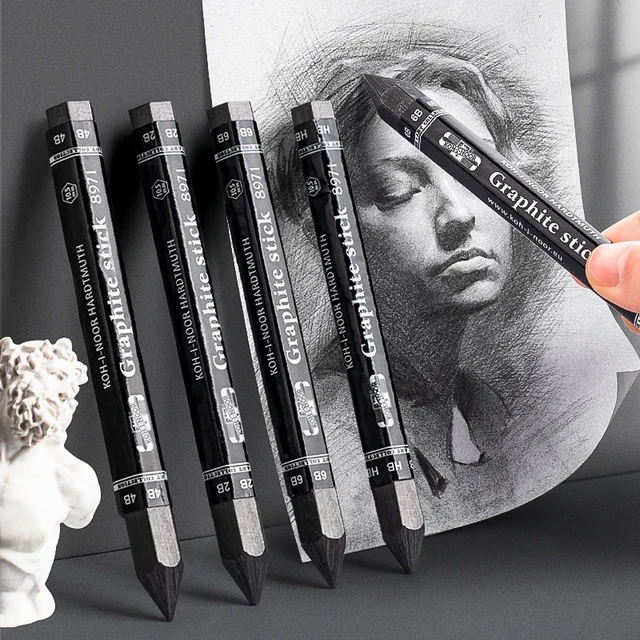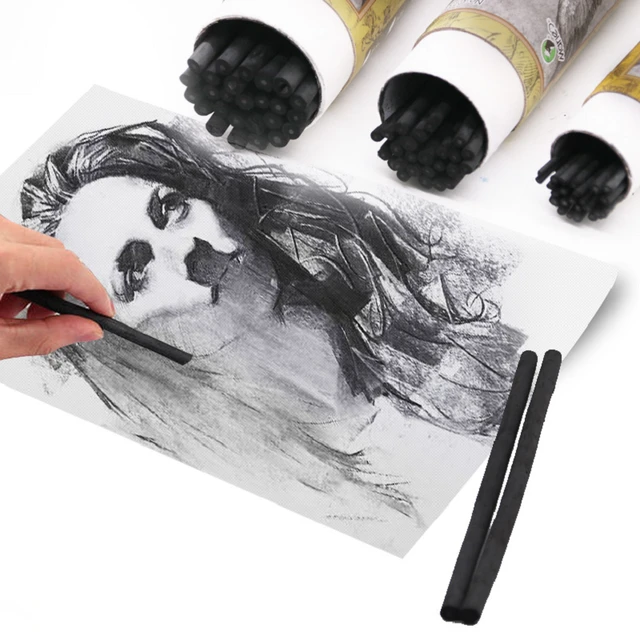Charcoal drawing is a revered technique used by artists to create stunning works with rich gradations of light and shadow. The success of a charcoal masterpiece, however, heavily relies on the surface it’s created upon. Choosing the best paper for charcoal drawing is pivotal to achieving the desired outcome. This article offers beginners a comprehensive guide on how to select the right paper to compliment their charcoal art, highlighting paper texture, weight, color, and format.
Understanding Paper Texture and Its Impact
The Importance of Texture
Texture is one of the most critical factors in charcoal drawing paper. It affects the paper’s ability to hold charcoal particles and plays an influential role in defining the artwork’s overall feel. For instance, a smooth paper provides a fine surface for crisp, detailed work, enabling sharp lines and minimal grain. In contrast, a paper with a rough or “toothier” texture will grip more charcoal, allowing for richer tones and a more expressive finish.
Selecting Paper Based on Technique
Your technique dictates the texture of the paper you should choose. If you’re aiming for a more detailed and delicate drawing, a fine-tooth or smooth paper might be best. For larger, more dramatic works that require bold strokes and deep shading, a coarser paper with a pronounced tooth gives the charcoal more area to adhere to and creates more texture.
Weighing Your Options: Paper Weight Matters
Why Paper Weight Counts
The weight of the paper, usually measured in pounds or grams per square meter (gsm), directly correlates with its thickness and durability. Thicker, heavier papers can withstand repeated erasing and reworking, which is often necessary in charcoal drawing. A good starting point for charcoal work is paper around 80-100 lbs or 130-150 gsm.
Balance Between Durability and Workability
While durability is crucial, a heavier paper can also be more challenging to manipulate. Beginners should look for a paper that can withstand their learning curve – one that permits erasing and reworking without damage, but is not so thick that it becomes difficult to handle. Some artists may prefer a slightly lighter paper for a looser, more spontaneous approach, especially when working on preliminary sketches or studies.
The Color of Your Paper Can Affect the Mood
White vs. Tinted Paper
The color of the paper you choose can dramatically alter the mood and depth of your charcoal drawing. While white paper is a traditional choice, highlighting the strong contrasts between the dark charcoal and the paper’s surface, tinted and toned papers can provide a warm or cool base. This adds an undercurrent of color to the finished piece, potentially elevating the atmospheric quality of the artwork.
Experimenting with Paper Shades
Don’t hesitate to experiment with different paper shades. Light grays, creams, or tan colors can bring out the shadows and highlights differently than white paper, offering a middle ground for tones that can make highlights pop and shadows look even deeper. Using mid-toned paper allows you to both add dark shades and draw out lighter tones with erasers or white charcoal, expanding your range of contrast.
Paper Format and Size: The Space to Create
Purposeful Choice of Paper Format
The format of your paper – from rolls and pads to individual sheets – should match the scope and scale of your projects. For large-scale drawings or expansive scenery, a roll of paper might be the best choice, offering the freedom to create without constraints. Meanwhile, pads or sheets are suitable for smaller works, studies, test drawings, or carrying to and from a classroom or studio.
Considering the Size of Your Artwork
When deciding on the size, consider the level of detail you want to achieve and the space you have available for working and storage. Larger papers allow more room for extensive detail and expressive marks, whereas smaller sizes can serve for more intimate pieces or practice. Furthermore, the size of your paper will affect the framing and display options, so consider the final presentation when choosing your paper dimensions.
Investing in Quality Paper for Longevity
Prioritizing Archival Properties
When aiming for masterpieces that endure, it is essential to select paper with archival properties. This means the paper is acid-free and lignin-free, ensuring it won’t yellow or degrade over time. High-quality papers maintain the integrity of your work, allowing it to be displayed and appreciated for generations. Always check the label for these properties when purchasing your paper, investing a bit more if necessary to guarantee the longevity of your charcoal drawings.
Handling and Storage Considerations
Even the best paper requires proper handling and storage to last. When working, keep your hands clean to avoid transferring oils to the paper. After completing your drawing, store it flat or in a protective portfolio to prevent creases and folds. For those planning to display their charcoal art, consider framing under UV-protective glass to shield against sunlight and environmental damage which can cause fading or deterioration.
Embracing the Experimental Process
Trying Out Various Brands and Grades
Art is a journey of discovery, and finding the ideal paper for your charcoal drawings is no different. Don’t be afraid to branch out and try various brands, grades, and types of paper. Each may respond differently to the charcoal, influencing both the drawing process and the final look of your work. Some artists may find a favored standard they return to again and again, while others might prefer mixing it up for different effects or projects.
Learning from Each Experience
With each piece of paper you try, take notes on what you liked and didn’t like about the experience and the results. Did the paper hold the charcoal well? How did it take layering? Did you enjoy the textural impact on your work? This will help you refine your choices over time. Remember, what works for one artist or one style might not work for another. Your personal approach and the mood you want to convey will guide your selection of paper more than any other factor.
Personal Preferences and Techniques
Each artist has individual preferences and techniques that influence their choice of paper. Some artists might prefer the tactile feedback of a rough-surfaced paper, while others might choose a smoother one for fine details and delicate shading.
When choosing the best paper, consider the techniques you frequently use. If you enjoy blending and smudging charcoal, a paper with medium texture might be ideal. For those who like to add fine details and work in precise lines, smoother papers would be more suitable.
Experimentation is key. Try different types of paper with various textures and weights to find what best complements your style. It might be beneficial to keep a sketchbook or swatches of different papers you’ve tested, documenting the results and how each paper handled the charcoal.
Comparative Analysis
With so many paper options available, a comparative analysis can be helpful. Testing several types of paper side by side can provide clarity and insight into which paper works best for your needs.
For instance, compare Strathmore 500 series Charcoal paper with Arches Cover Black. Observe the differences in texture, how well each holds the charcoal, and the ease with which you can layer and blend. Similarly, test a smooth paper like Bristol board against a more textured option like Canson Mi-Teintes to see which aligns better with your artistic process.
Create a series of small drawings or swatches on each type of paper, noting how each reacts to different levels of pressure, blending techniques, and erasing. This hands-on comparison will offer a practical understanding of how various papers perform under real-world conditions.
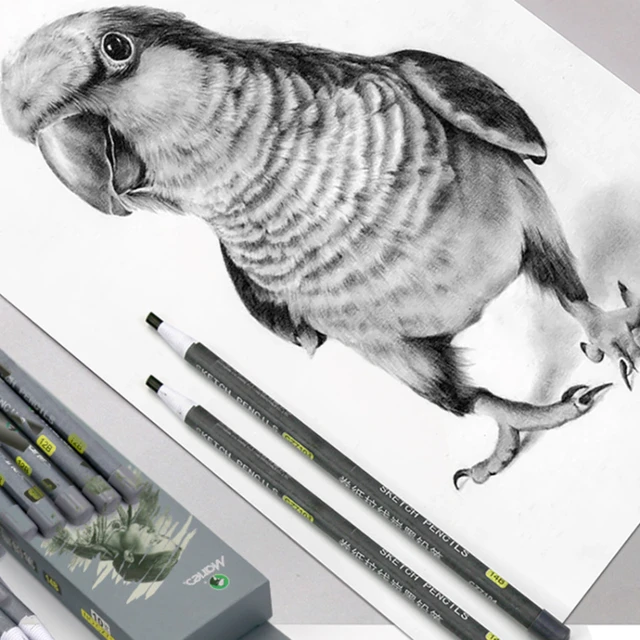 Cost and Availability
Cost and Availability
While cost might not be the primary concern when seeking the best paper for your charcoal masterpieces, it is nonetheless a factor to consider. Higher-end papers can be more expensive, but they often justify their cost through superior quality and longevity.
Set a budget and find a balance between quality and affordability. Brands like Fabriano, Arches, and Strathmore offer excellent papers at different price points, making it easier to find a high-quality option within your budget.
Also, consider availability. Ensure the paper you choose is readily available from reliable suppliers or online stores. Consistent availability ensures that you can maintain consistency in your work without the need to constantly adapt to new paper types.
Final Thoughts
In 2024, artists continue to seek the best charcoal paper to create their drawing masterpieces. With advancements in paper quality and texture, finding the right canvas for charcoal art has never been more crucial. The best charcoal paper offers a perfect balance of tooth and texture, allowing for rich, deep blacks and smooth blending.
Selecting the best paper for charcoal drawing means considering the texture, weight, color, and format to suit your artistic intent and style. Whether you’re a beginner or an experienced artist, the right paper can make a significant difference in your charcoal art’s quality and longevity. By exploring different options and taking the time to find a paper that complements your approach to charcoal drawing, you can set the stage for creating masterpieces that can truly stand the test of time. With these tips in hand, you’re ready to embark on the path of finding your ideal paper – one that’s not only a surface for your work but a partner in your artistic journey.
